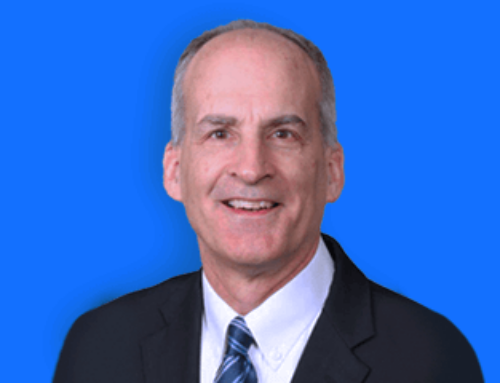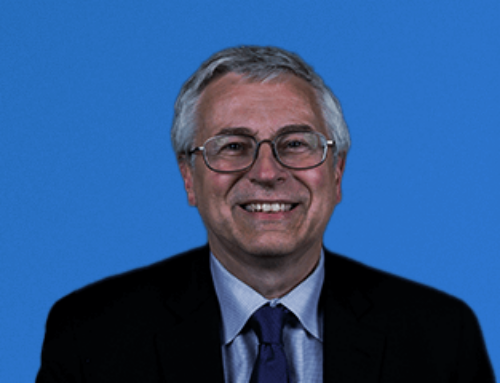This is an excerpt from AASM President Dr. Ilene Rosen’s address to the membership at the AASM General Membership Meeting on Monday, June 5, at SLEEP 2017 in Boston. You also can download the full report of the president.
 It is my privilege to present this report of the president of the American Academy of Sleep Medicine. Forty-two years after its establishment in 1975, the Academy continues to be the leader in improving sleep health and promoting high quality, patient-centered care.
It is my privilege to present this report of the president of the American Academy of Sleep Medicine. Forty-two years after its establishment in 1975, the Academy continues to be the leader in improving sleep health and promoting high quality, patient-centered care.
Because of the Academy’s success, the field of sleep medicine is poised for a prosperous future with abundant opportunities to improve sleep health. Today the general public is more aware than ever before of the importance of healthy sleep. Employers are placing a greater value on sleep and are including sleep in their employee wellness programs, and insurers, regulators and legislators recognize the importance of diagnosing and treating sleep disorders.
At the same time, new advances in our field offer hope for an even brighter future. Genetic research is giving us a better understanding of sleep disease and helping us identify those who are most at-risk. Chronomedicine is opening new doors for sleep specialists to use our expertise to enhance chronic disease management, boost alertness and improve performance. Innovations from the technology sector, some of which are on display this week in our Exhibit Hall, are giving us more options to provide better diagnostic and therapeutic care for our patients. The forecast for the sleep field would seem to be bright.
However, there are storm clouds on the horizon. Our current workforce comprises 6,000 board-certified sleep medicine physicians leading teams of skilled clinicians at our 2,500 accredited sleep facilities. The reality is that this workforce is insufficient to meet the demands of the enormous population of patients who have a sleep disease.
Our own estimate is that there are 23.5 million adults in the U.S. with obstructive sleep apnea who remain undiagnosed and untreated. Quite frankly, this is unacceptable. It is our responsibility as the leading organization focused on improving sleep health and promoting high-quality, patient-centered care to address this staggering issue head on.
Clearly, we need more providers. That is why we continue to equip and empower our ACGME-accredited sleep medicine fellowship training programs. Through our Choose Sleep initiative, we also are promoting the sleep medicine specialty, with the goal of ensuring that every available fellowship training slot is filled with a talented young physician. However, at best, this means that about 200 physicians will be entering the field each year. With a growing number of our sleep physician colleagues retiring each year, it will be difficult, if not impossible, for us to achieve significant gains for our total workforce based on this model.
We need to get creative. That is why I have established the Innovative Fellowship Model Implementation Presidential Committee, led by David Plante as the chair. Building on the work of an exploratory committee led by Andy Chesson, this committee will develop a proposal to submit to ACGME as part of its Advancing Innovation in Residency Education program. Our strategy is to augment our current, full-time, 1-year programs with part-time training options that would still meet all ACGME requirements. Offering another pathway with more flexibility would allow us to broaden the pool of potential sleep specialists.
However, even if this initiative is successful, we’re still lacking the workforce we need. To give us a picture of where we are, and where we need to be, let’s take a moment to compare the field of sleep medicine with the field of endocrinology, diabetes and metabolism.
Download the full report of the 2017 – 2018 AASM president.


